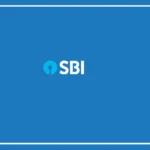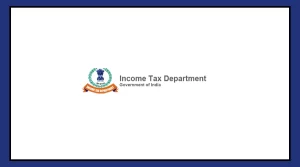With the recent monetary policy announcement by the Reserve Bank of India (RBI) suggesting no immediate reduction in the repo rate, home loan borrowers may have to wait for relief.
As the repo rate impacts the interest rates on loans, borrowers anticipate a decrease to alleviate their Equated Monthly Installments (EMIs).
However, despite the current scenario, there are actionable steps borrowers can take to reduce their financial burden.
1. Switching Loans to Lower Interest Rate Banks:
Consider transferring your home loan to a bank offering lower interest rates. Conduct thorough research to identify banks offering better terms.
By negotiating with a bank offering reduced interest rates, borrowers can effectively lower their EMIs.
2. Leveraging a Strong Credit Score:
Maintaining a good credit score by consistently repaying EMIs on time can open doors to lower interest rates.
Individuals with credit scores exceeding 800 are often eligible for loans at reduced rates, making it imperative to monitor and improve one’s creditworthiness.
3. Utilizing Pre-payment Options:
Anticipated increments or bonuses can be used to make pre-payments towards the home loan principal.
Additionally, if one receives a significant increment, increasing the EMI amount can expedite loan repayment, resulting in substantial interest savings.
4. Assessing Banks Still Using MCLR:
While most banks have transitioned to external benchmarks like the repo rate, some, particularly government banks, still utilize the Marginal Cost of Funds based Lending Rate (MCLR).
Evaluate if MCLR-linked home loans offer better terms than your current bank, and consider switching if advantageous.
5. Extending Loan Tenure as a Last Resort:
Extending the tenure of the home loan can lower EMIs, providing temporary relief for borrowers facing financial strain.
However, it’s crucial to recognize that this option may lead to increased interest payments over the loan’s lifetime and should be considered only when other avenues are exhausted.
























